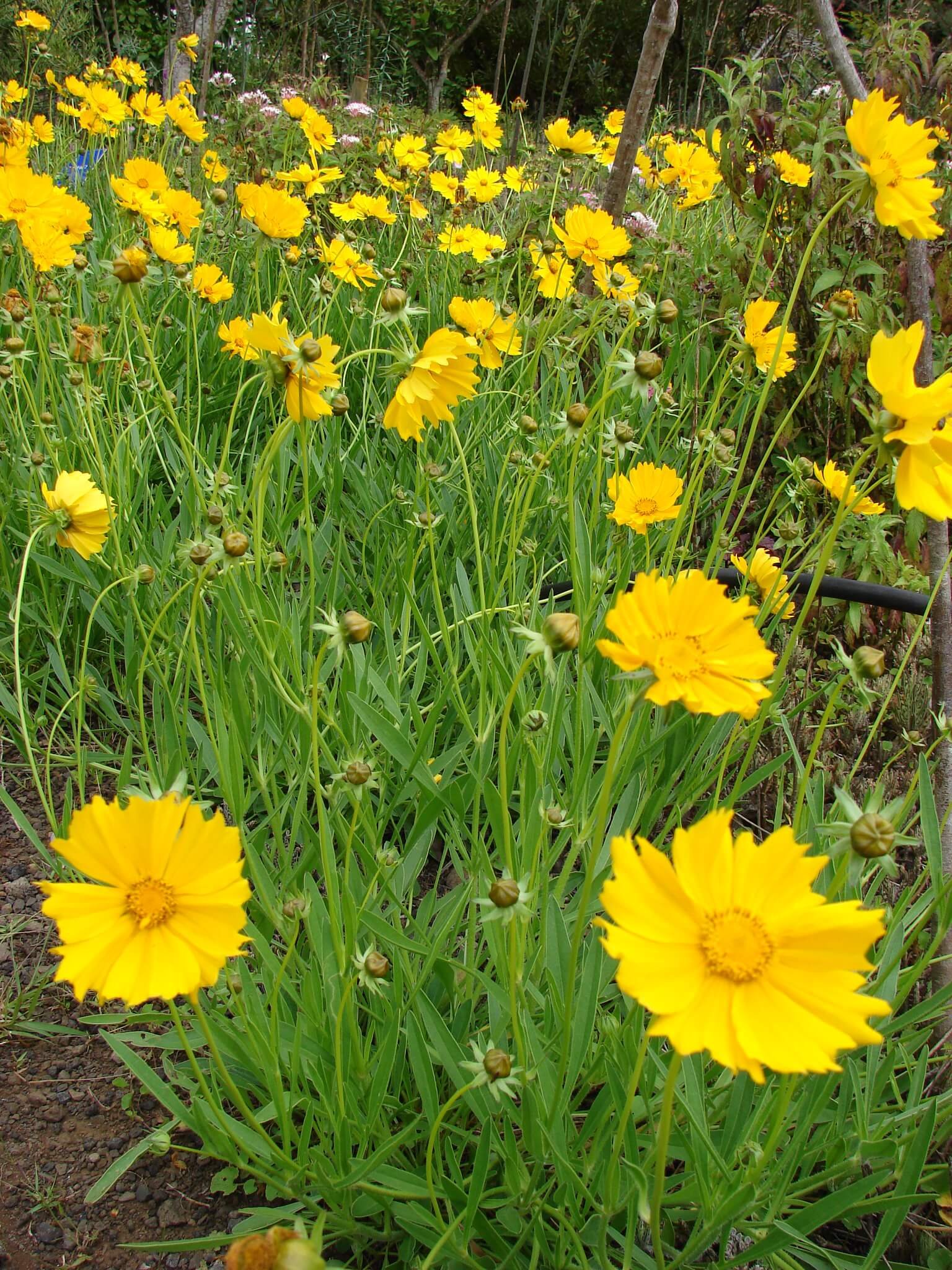Prairie Loosestrife (Lysimachia quadriflora)
Prairie Loosestrife is an important plant because it is one of the few host plants for the specialist bees in the Macropis family. These bees are interesting because they collect the floral oil and pollen of the flowers in order to make pollen balls that they feed to their larvae. The flowers are also visited by other native bees that collect pollen and it is the host plant to 5 species of butterflies and moths in our area (nwf.org), including the threatened Gorgone checkerspot (mnfi.anr.msu.edu). At present, no information is available about this plant's relationships to vertebrate animals (illinoiswildflower.info) (Johnson and Colla, 2023). If it likes where it is, it will readily spread via rhizomes and by seed. This makes a great rain garden plant. Prairie Loosestrife is not related to the non-native, invasive Purple Loosestrife.
Photo credit: Frank Mayfield
Prairie Loosestrife is an important plant because it is one of the few host plants for the specialist bees in the Macropis family. These bees are interesting because they collect the floral oil and pollen of the flowers in order to make pollen balls that they feed to their larvae. The flowers are also visited by other native bees that collect pollen and it is the host plant to 5 species of butterflies and moths in our area (nwf.org), including the threatened Gorgone checkerspot (mnfi.anr.msu.edu). At present, no information is available about this plant's relationships to vertebrate animals (illinoiswildflower.info) (Johnson and Colla, 2023). If it likes where it is, it will readily spread via rhizomes and by seed. This makes a great rain garden plant. Prairie Loosestrife is not related to the non-native, invasive Purple Loosestrife.
Photo credit: Frank Mayfield
Prairie Loosestrife is an important plant because it is one of the few host plants for the specialist bees in the Macropis family. These bees are interesting because they collect the floral oil and pollen of the flowers in order to make pollen balls that they feed to their larvae. The flowers are also visited by other native bees that collect pollen and it is the host plant to 5 species of butterflies and moths in our area (nwf.org), including the threatened Gorgone checkerspot (mnfi.anr.msu.edu). At present, no information is available about this plant's relationships to vertebrate animals (illinoiswildflower.info) (Johnson and Colla, 2023). If it likes where it is, it will readily spread via rhizomes and by seed. This makes a great rain garden plant. Prairie Loosestrife is not related to the non-native, invasive Purple Loosestrife.
Photo credit: Frank Mayfield
Life Cycle: Perennial
Sun Exposure: Full, Partial sun
Soil Moisture: Wet, Medium-wet, Medium
Height: 2 feet
Plant Spacing: 1-2 feet
Bloom Time: July-August
Bloom Color: Yellow
Advantages: Pollinator Favorite, Great Landscaping Plant
Host Plant: Gorgone Checkerspot and 4 other species of butterflies and moths use this as a caterpillar host plant in our area (nwf.org)
Specialist Bee: Macropis nuda, M. ciliata, M. patellata, M. steironematis
Beneficial for Endangered or Threatened Species: Gorgone checkerspot (Chlosyne gorgone) (mnfi.anr.msu.edu)
Complementary Plants: Cardinal Flower, Blue Lobelia, Indian Hemp, Sneezeweed
Resources: Johnson, Lorraine, and Sheila Colla. A Northern Gardener’s Guide to Native Plants and Pollinators: Creating Habitat in the Northeast, Great Lakes, and Upper Midwest. Island Press, 2023







